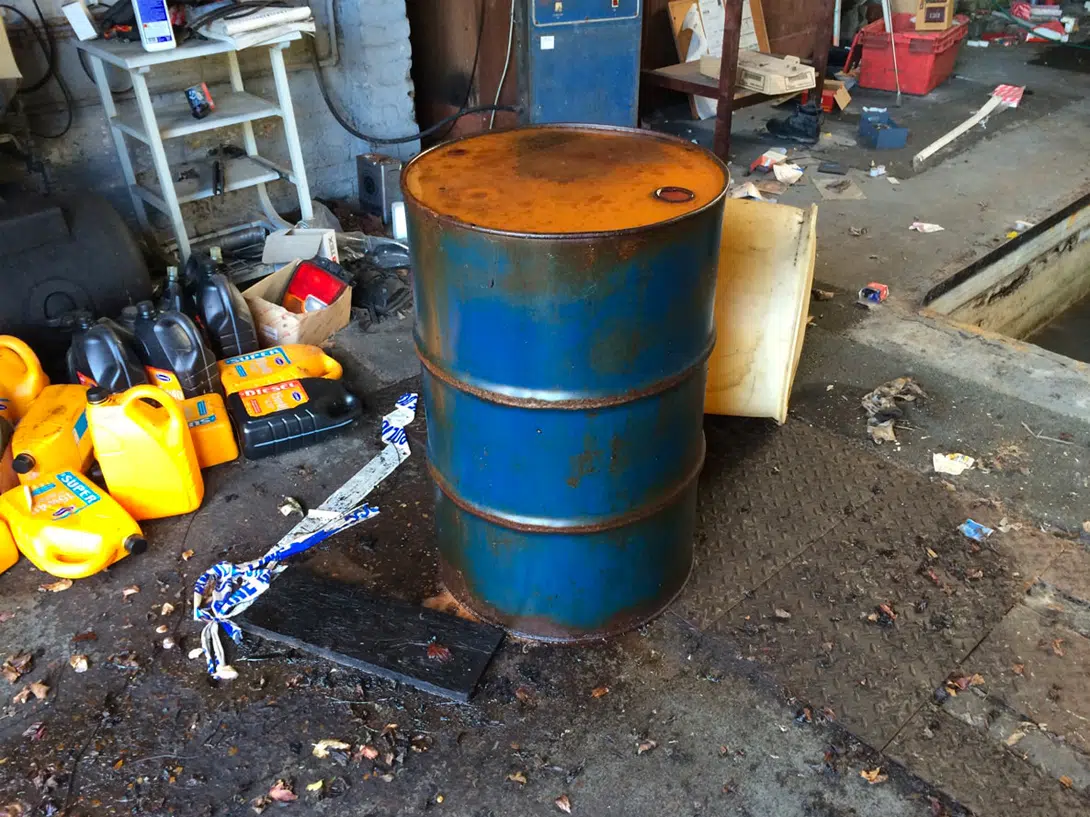
A former petrol filling station and vehicle servicing garage site in Kent is in the process of being redeveloped into a residential use. Lustre Consulting was initially appointed to carry out a Phase 1 Desk Study in support of a planning application. This was followed by a Phase 2 Site Investigation including a Geotechnical Investigation.
The site historically comprised a servicing and repair garage including a small petrol filling station dating back to pre-1960. The walkover identified the remains of the garage including several underground fuel storage tanks. The Phase 1 Desk Study concluded that the former use comprised a potentially significant contaminative land use and that further intrusive investigation was required.
The subsequent combined Phase 2 Site Investigation and Geotechnical Investigation comprised a combination of windowless sampling and trial pitting. The investigation was designed to target the underground tanks and other identified potential sources of contamination, provide geotechnical information and gain a good coverage across the site.
The shallow soils were found to be generally uncontaminated with the exception of a localised areas of buried waste. Lustre Consulting consequently recommended the removal of the underground fuel tanks and replacement of the buried waste with a Clean Cover System. All stages of the works undertaken to date have been successfully approved by the local Contaminated Land Officer. Lustre Consulting look forward to continuing to work with the developer as the development progresses.
How we can protect your construction site from unnecessary delays and costs. If piling is part of your construction plans, a piling risk assessment could be a vital step to avoid potential problems that could disrupt your project, including: Piling risk assessments are now explicitly referenced within the Environment Agency’s Land Contamination Risk Management Guidance […]
How we can protect...
A surface water soakaway is used to capture then allow the infiltration and filtration of water runoff through a subsoil to the water table below. Your soakaway should provide sufficient short-term storage of surface water and allow the surface water to percolate into the surrounding ground. The National House-Building Council (NHBC) provides detailed guidance on […]
A surface water...
Working on a construction project can come with a long ‘to do’ list. Not only that, but you have to deal with the stress of navigating planning conditions as well as numerous building regulations. Acoustic issues don’t have to further complicate this process. Could an Acoustic Assessment be a requirement for your site? Of all […]
Working on a...
Contamination is not always something that can be seen; often contamination is invisible, buried below ground or is present in perfectly normal looking topsoil.
This is a question...